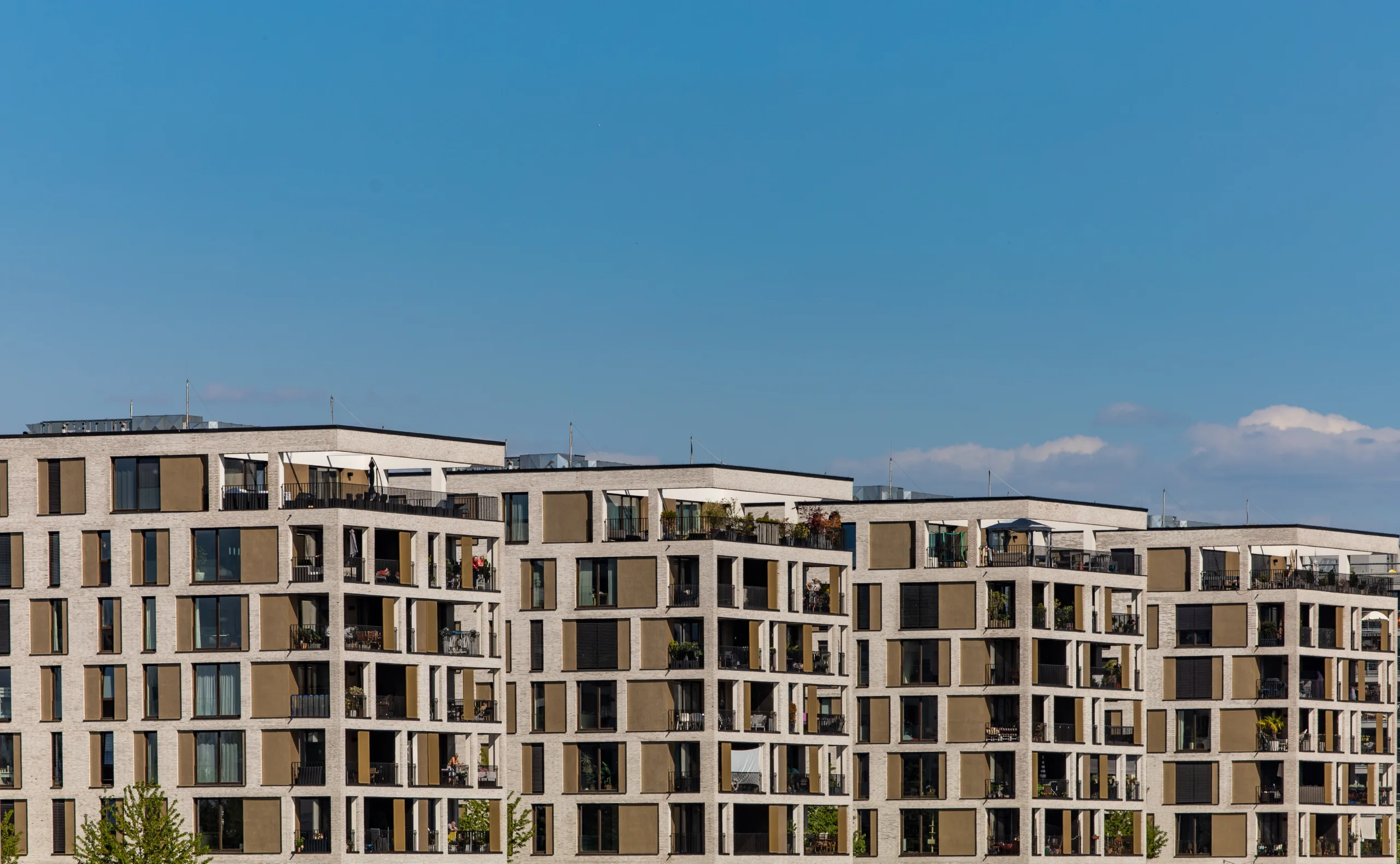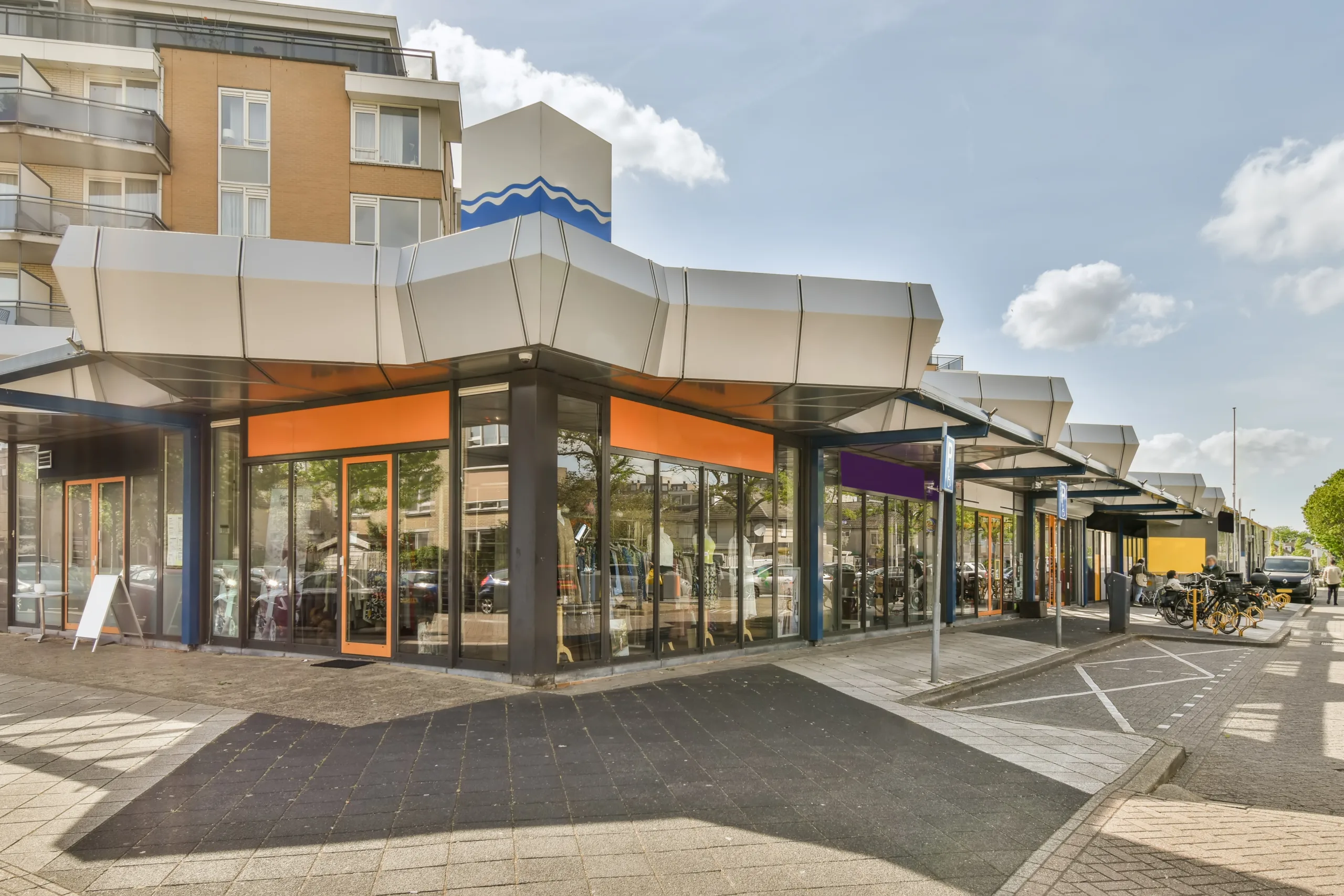- New capital is flowing into seniors housing, driven by higher yields, tax benefits, and long-term growth potential compared to other asset classes like student or multifamily housing.
- Family offices and institutional investors are increasingly active, attracted by longer hold periods and value-add opportunities that align with evolving capital formation models.
- Operator quality and transparency are critical, with investors demanding strong leadership, performance data, and tech integration to reduce risk and drive returns.
A Changing Landscape
Investor interest in seniors housing is accelerating, as reported by GlobeSt. The sector is entering a new phase driven by shifting demographics, digital transformation, and fresh capital strategies. At this week’s NIC Conference in Austin, panelists highlighted key market fundamentals. Rising demand and limited new supply are creating favorable conditions. Together, these trends make this an attractive moment for investors to enter the seniors housing sector.
According to Daniel K. Hayes of New York Life Real Estate Investors, yields in seniors housing are outperforming other sectors, such as student or multifamily housing. He also noted that foreign investors are particularly drawn to niche asset classes like seniors housing. The market, once overlooked, now presents an appealing entry point for investors seeking resilience and long-term upside.
Get Smarter about what matters in CRE
Stay ahead of trends in commercial real estate with CRE Daily – the free newsletter delivering everything you need to start your day in just 5-minutes
New Money, New Models
Family offices and private investors are playing a growing role in reshaping deal structures. Lynn Jerath, president of Citrine Investment Group, said her clients favor longer, flexible investment timelines, prioritizing strong sponsors and high cash flow. Tax benefits and higher yields make the sector especially appealing, she added.
Longer-term horizons are also gaining traction among institutions. Phil Kayden of Health Wave Partners noted that his firm’s closed fund runs on a seven-year cycle, though some investors prefer even longer commitments.
For operators, the influx of capital marks a significant shift. Kevin Maddron, chief strategy officer at Allegro Living, noted that this is the first wave of new capital in a long time. His comments point to a potential revival in development activity. However, he cautioned that catching up to demand will take time, especially with rising expectations around tech infrastructure and data transparency.
Investing In Operations
Quality of operations remains the cornerstone of successful investing in seniors housing. Kayden emphasized detailed vetting, citing his firm’s 100-point operator checklist. Jerath pointed to heightened reputational risk: “Everybody knows who the operator is.” Hayes added that even small details—like whether staff know residents by name—signal overall operational strength.
Transparency is also becoming standard. Maddron shared that his investors expect daily rent roll access, viewing data sharing as a sign of operational confidence. His firm now employs AI and data specialists to meet these demands.
Panelists agreed that more robust property performance benchmarking, similar to the hospitality industry, could help standardize investment evaluation. “Aggregation would help us measure performance without exposing individual properties,” Jerath suggested.
Why It Matters
Supply pipelines are thinning while demand continues to rise. As a result, seniors housing offers forward-looking investors a chance to secure stable, long-term returns. The entrance of new capital is not just reshaping funding models but also raising the bar on operations, transparency, and technology.
What’s Next
More investors are expected to enter the space. Favorable demographic trends and a push for standardized data and performance metrics are driving this growth. As seniors housing evolves, aligning capital with high-performing operators and transparent practices will be key to unlocking its full potential.


















